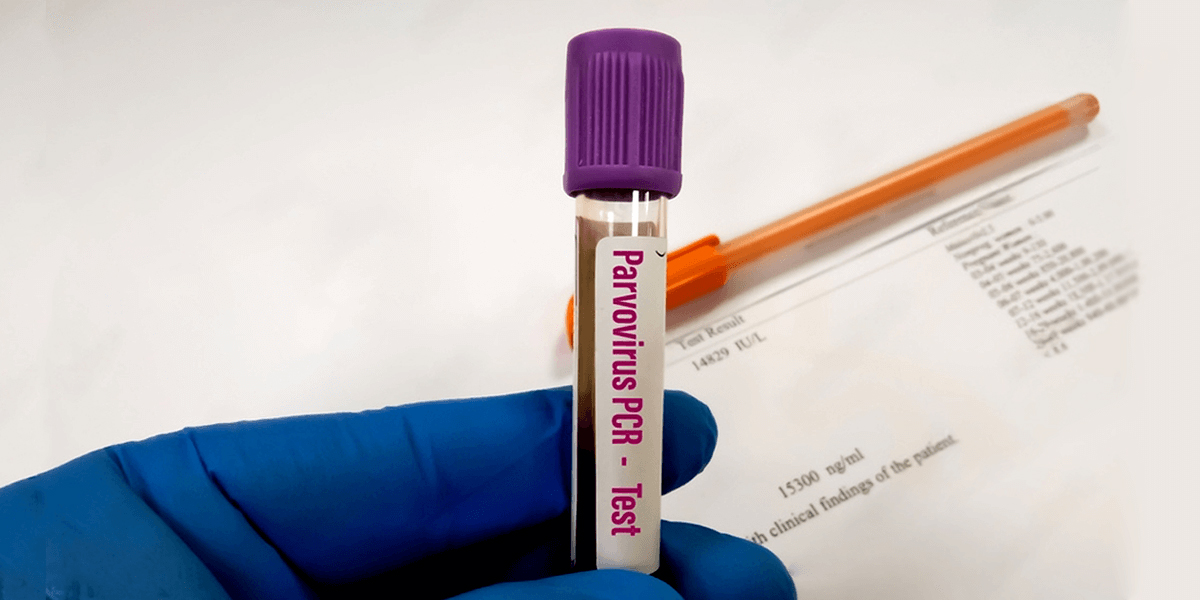
PGSDC Blogs
Introduction:
Parvovirus, also known as canine parvovirus (CPV), is a highly contagious viral infection that primarily affects dogs. This virus can lead to severe illness and even death if not promptly treated. Understanding the causes, symptoms, and prevention measures of parvovirus is crucial for all dog owners and enthusiasts. In this blog, we will delve into the world of parvovirus, shedding light on its various aspects.
*Causes of Parvovirus:*
Parvovirus is caused by the canine parvovirus type 2 (CPV-2) virus. This virus is highly resistant and can survive in the environment for months, making it easy to spread through direct contact with infected dogs, contaminated feces, or contaminated surfaces. Puppies and young dogs are particularly susceptible to the virus due to their underdeveloped immune systems.
*Symptoms of Parvovirus:*
The symptoms of parvovirus can vary in severity and may include:
1. *Severe Gastrointestinal Distress:* Infected dogs often experience severe vomiting and diarrhea, which can lead to rapid dehydration and electrolyte imbalances.
2. *Loss of Appetite:* Dogs infected with parvovirus tend to lose their appetite, leading to further weakness and weight loss.
3. *Lethargy:* Infected dogs become lethargic, weak, and unwilling to engage in physical activity.
4. *Fever:* A high fever is a common symptom of parvovirus infection.
5. *Depression:* Dogs may show signs of depression and become less interactive.
It's important to note that these symptoms can escalate quickly, and immediate veterinary care is essential if parvovirus is suspected.
*Preventing Parvovirus:*
Prevention is key when it comes to parvovirus, and there are several steps dog owners can take to protect their furry friends:
1. *Vaccination:* Regular and timely vaccinations are the best defense against parvovirus. Puppies should receive a series of vaccinations starting at around 6-8 weeks of age, with booster shots as recommended by a veterinarian.
2. *Hygiene and Sanitation:* Practicing good hygiene and sanitation is crucial. Avoid areas where infected dogs have been, and promptly clean up after your dog to prevent the spread of the virus.
3. *Isolation of Sick Dogs:* If you suspect your dog may have parvovirus, isolate them from other dogs and seek immediate veterinary care.
4. *Quarantine New Dogs:* When bringing a new dog into your home, it's essential to quarantine them for a period recommended by your veterinarian to ensure they are not carrying the virus.
5. *Disinfection:* Clean and disinfect areas that may have been contaminated by parvovirus to prevent its spread.
Conclusion:
Parvovirus is a serious threat to dogs, especially puppies and young dogs. Understanding its causes, symptoms, and preventive measures is crucial for every dog owner. Regular vaccinations, proper hygiene, and prompt veterinary care are essential components in safeguarding your furry companion against this highly contagious and potentially deadly virus. By staying informed and taking proactive steps, we can collectively work towards reducing the incidence of parvovirus and ensuring the well-being of our beloved canine companions.

